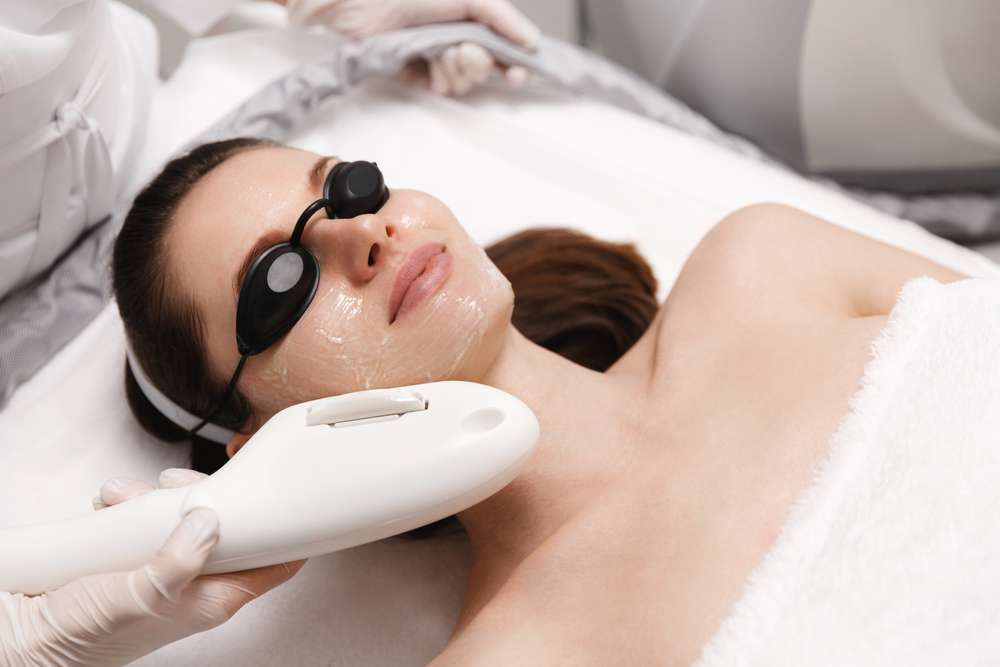Renew Your Skin: Advanced Treatments for Radiant Complexion
Discover how modern skin rejuvenation blends state-of-the-art technology with proven techniques to restore a brighter, smoother complexion. From lasers and IPL to chemical peels and radiofrequency, learn how these treatments reduce fine lines, fade pigmentation, stimulate collagen, and improve texture. Read on for benefits, common procedures, risks, and how professional treatments can enhance your daily skincare routine — plus practical tips to maximize results.

Skin rejuvenation has evolved into a broad set of medical and aesthetic approaches designed to refresh and restore the skin’s appearance. By pairing advanced devices with time-honored procedures, clinicians can target everything from superficial discoloration to deeper textural concerns. The aim is the same: healthier, more even-toned skin with improved firmness and luminosity.
Energy-based technologies: how lasers and devices differ
Lasers and other energy treatments work by delivering focused light or heat to specific layers of the skin. Ablative lasers vaporize the epidermis (the outermost layer), prompting the body to regenerate new skin and improving severe wrinkles and scars. Non-ablative lasers, by contrast, bypass the surface and heat deeper tissue to stimulate collagen without removing the top layer, resulting in less downtime.
Fractional devices create microscopic columns of treated skin surrounded by untouched tissue, which speeds healing and reduces recovery compared with traditional full-field resurfacing. Intense Pulsed Light (IPL) delivers broad-spectrum light to address pigmentation and redness rather than using coherent laser light. Radiofrequency (RF) systems heat the dermis to encourage collagen remodeling and skin tightening without light-based energy. Each modality has specific advantages depending on the concern, skin type, and desired recovery time.
Key benefits of skin rejuvenation
These treatments offer several visible and structural improvements. Common benefits include:
- Softening fine lines and reducing the depth of wrinkles.
- Fading age spots, sun damage, and uneven pigmentation.
- Smoothening texture and improving the appearance of acne scars.
- Shrinking enlarged pores and refining overall skin tone.
- Stimulating collagen and elastin production for longer-term firmness.
Because many procedures trigger the skin’s repair mechanisms, improvements can continue for months after treatment as new collagen forms. Practitioners can often combine modalities—such as a light chemical peel with non-ablative laser—to address multiple concerns in a customized plan.
| Treatment | Typical Downtime | Approx. Cost (USD) |
|---|---|---|
| Ablative laser resurfacing | 7–14 days | $1,500–$4,000 |
| Non-ablative laser / fractional | 1–5 days | $500–$2,000 |
| Chemical peels (medium-depth) | 3–7 days | $150–$600 |
| Microdermabrasion | 0–1 day | $75–$250 |
| IPL (photofacial) | 1–3 days | $300–$800 |
| Radiofrequency skin tightening | 0–3 days | $500–$2,500 |
Prices are estimates only. Actual costs vary by clinic, provider, treatment complexity, and geographic location.
How treatments influence your beauty routine
Professional rejuvenation treatments often amplify the effectiveness of everyday skincare. After reducing pigmentation or smoothing texture, topical serums, retinoids, and moisturizers can penetrate more evenly and deliver better results. Many people find that their daily makeup routine becomes simpler; with a clearer, more radiant base they may rely less on heavy coverage.
Beyond cosmetics, the psychological benefit is notable: clearer skin often boosts confidence and encourages healthier habits. However, these treatments are not one-time fixes. Maintaining results requires consistent sun protection, proper home care, and occasional maintenance sessions as advised by your provider.
Popular facial rejuvenation options explained
- Laser resurfacing: Targets damaged skin to improve texture, scars, and deep lines. Ablative versions are more intensive; fractional and non-ablative versions offer gentler alternatives.
- Chemical peels: Acids remove damaged surface cells to reveal fresher skin beneath. Peels range from superficial to medium-depth depending on ingredients and strength.
- Microdermabrasion: A mechanical exfoliation that smooths superficial roughness and supports cell turnover with minimal downtime.
- IPL therapy: Treats sunspots, broken capillaries, and uneven tone by targeting pigmented and vascular lesions with broad-spectrum light.
- Radiofrequency treatments: Heat deeper layers to stimulate collagen, tighten lax skin, and improve contour without incisions.
Risks, safety and expectations
When performed by trained professionals, most skin rejuvenation procedures are safe. Common short-term effects include redness, swelling, and mild discomfort, typically resolving in days to a few weeks. Less common but more serious complications can include scarring, infection, or persistent changes in pigmentation.
Risk is reduced by selecting an experienced provider, disclosing medications and medical history, and following pre- and post-care instructions closely (for example, avoiding sun exposure and using prescribed topical agents). Having realistic expectations is essential: treatments can significantly improve appearance but cannot halt aging entirely. Often, a series of sessions and maintenance appointments produce the best long-term outcomes.
Making an informed choice
Choosing the right treatment starts with a consultation that reviews your skin type, concerns, medical background, and downtime tolerance. Discuss expected outcomes, the number of sessions needed, recovery timeline, and costs. A tailored plan that combines professional procedures with a consistent home routine and sun protection will deliver the most reliable and lasting improvements.
This article is for informational purposes only and should not be considered medical advice. Please consult a qualified healthcare professional for personalized guidance and treatment.






